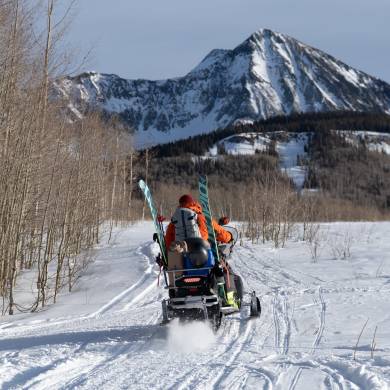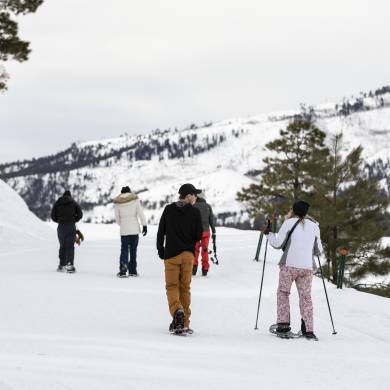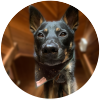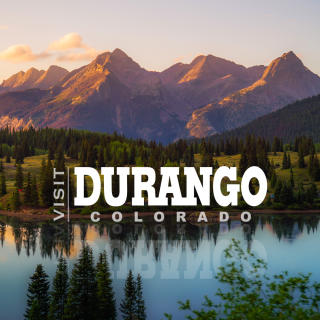Did you know that Colorado is one of the most diverse wild mushroom ecosystems in the whole world?
It's crazy to think that there are between 2,000-3,000 species of mushrooms in our state alone. It's no surprise that wild mushroom foraging and hunting have exploded over the years.
Locally in Durango, our mushroom season (depending on the monsoons) spans from May to late August, with late July being the prime foraging time. You'll find porcini, chanterelle, morels, and hawk's wings scattered throughout the forests around Durango.
But before you head out hunting for delicious wild treats, here are a few safety tips to consider while wild mushroom foraging around Durango, Colorado:
#1 Go Mushroom Foraging with a Guide
If this is your first time foraging for mushrooms, it's best to go with an experienced guide. They'll be able to teach you which mushrooms are safe to eat and how to identify them in the wild.
There are many different guided mushroom foraging tours available in Durango. Do your research and choose a reputable guide service before heading out into the forest.
We recommend Fish and Fungi or attending the annual “Mushroom Hunt” event at Purgatory Resort.
#2 Take a Class Before Heading Out Mushroom Foraging
If you want to go it alone, several different classes in Durango will teach you the ropes of mushroom foraging.
The San Juan National Forest offers a free summer Intro to Mushroom Foraging Class. This class is offered through the San Juan Public Lands Center and typically takes place in early July.
Purgatory Resort offers an established festival every August with several local mushroom foraging experts. The “Mushroom and Wine Festival” features a guided mushroom hunt as well as a wild mushroom dinner cooked by local chefs.
You can also check with the Four Corners Mycological Society or attend one of their monthly meetings to learn more about wild mushroom foraging.
#3 Make Sure You Have a Good Identification Book
If you're new to mushroom foraging, it's always best to go with a guidebook. They can help you identify which mushrooms are safe to eat and which ones to avoid.
Several good identification books available can help you determine what kind of mushrooms you've found. We recommend Mushrooms Demystified, Mushrooms of North America, or the Audubon Society Field Guide to North American Mushrooms.
Stay away from mushroom identification apps due to their inconsistent and sometimes misleading information.
#4 Never Eat a Wild Mushroom without Positive Identification
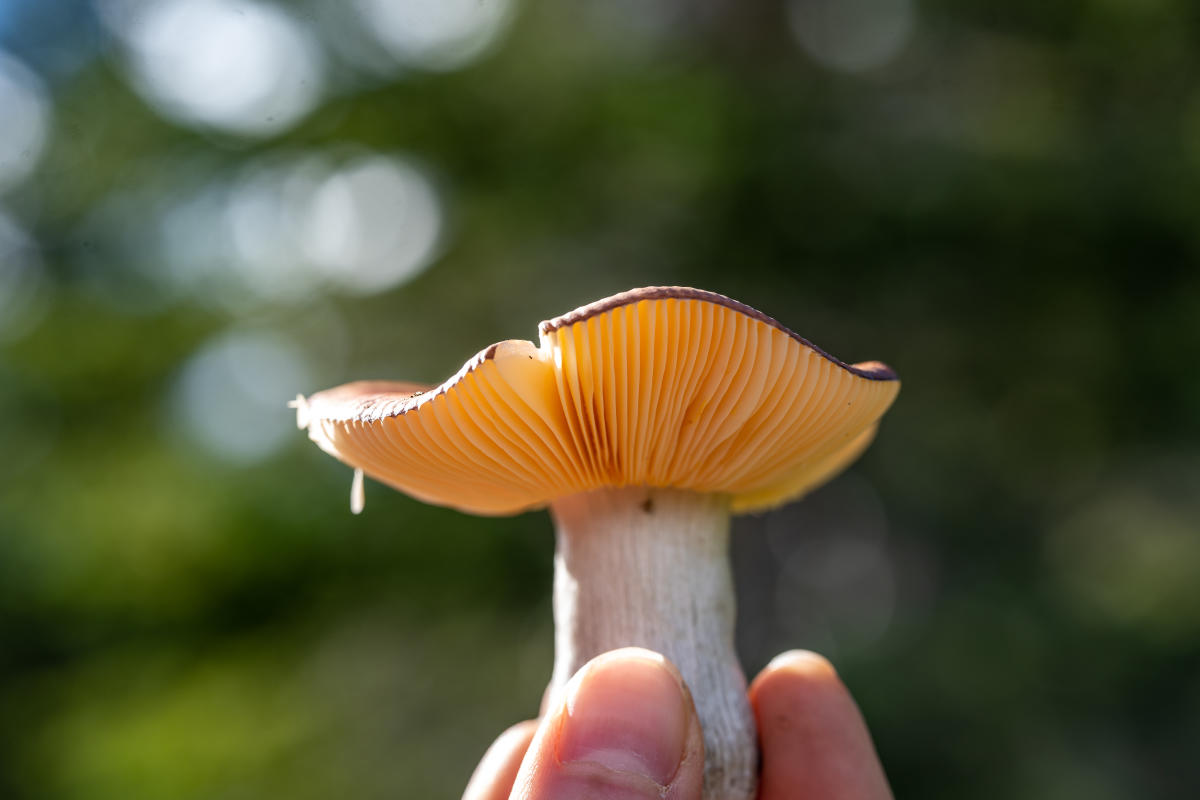
Don't take the chance even if you think you know what kind of mushroom it is. Make sure you have identification before consuming any wild mushrooms.
If you're not 100% sure, it's better to play it safe and not eat it. Many mushrooms look similar, but some can be deadly.
#5 If You're Not 100% Sure of the Identification, Leave It!
If you're not positive of the mushroom's identification, it's best to leave it be. Many mushrooms look similar, but some can be deadly.
Many different poisonous mushrooms resemble edible ones. So, if you're not 100% sure, it's better to play it safe and not pick it!
#6 Cut Mushrooms Instead of Pulling Them
Pick your mushrooms from the bottom. Often the entire stalk will be desired for eating, and the base of the stem will offer clues for identification.
Use a small knife to clean the dirt off of the stembutts. This will keep your basket or bag clean, and your mushrooms will be ready for cooking.
#7 Do Not Take More Mushrooms Than You Plan to Eat
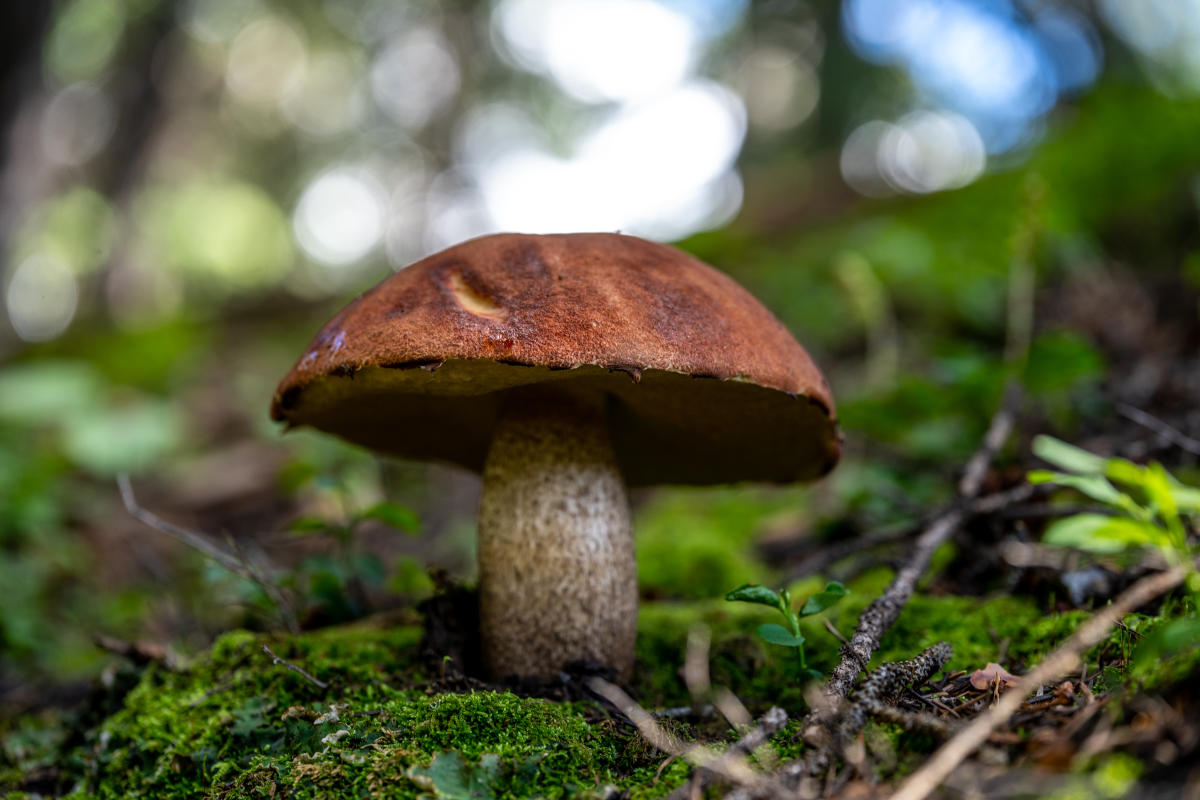
Mushrooms are a renewable resource, but that doesn't mean you should take more than you need. Be considerate when foraging and only take what you will use.
This also helps to prevent the spread of diseases and ensures there are plenty of mushrooms for future generations to enjoy.
#8 Keep Track of Your Location and How to Get Back
Mushrooms can grow in very remote areas, so keeping track of your location is important. Make sure you have a map and compass or GPS with you at all times.
It's also a good idea to let someone else know where you're going and when you plan to be back. This way, they'll know where to start looking for you if something happens.
#9 Check the Weather and Be Aware of Afternoon Thunderstorms
Mushroom foraging can be a great way to enjoy the outdoors, but you must be aware of the weather. Check the forecast before heading out and be aware of afternoon thunderstorms.
Remember that most thunderstorms around Durango develop early and can produce lightning in the late afternoon.
Lightning is dangerous and can strike without warning. So, it's best to be prepared and have a plan to get to safety if a storm does roll in.
It's always preferred to get an early start and be out of harm's way before 2 pm.
#10 Pack Bug Spray
Mushroom foraging can be a great way to enjoy the outdoors, but you must be prepared for bugs. Mosquitos can be very persistent in the humid weather and dense growth of the San Juan National Forest. Pack bug spray and wear long sleeves to help keep them at bay.
Conclusion
This cannot be understated- if you're inexperienced, do not go mushroom foraging and hunting without a guide, classes, and some solid identification books or apps.
Mushroom foraging can be a great way to enjoy the outdoors, but it's important to be safe.
Make sure you have identification before consuming any wild mushrooms, and never eat more than you need. Be considerate of your impact on the local ecosystem around Durango, and always pack out what you pack in.
Most importantly, have fun and enjoy the hunt!
